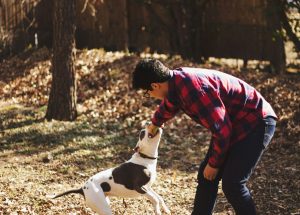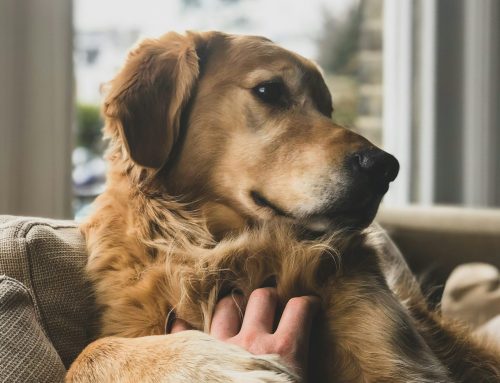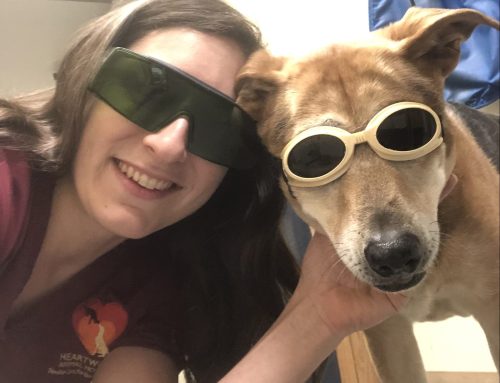At Heartwood Animal Hospital, we recognize that our canine companions are more than just pets—they’re cherished members of the family. However, just like humans, dogs can experience a range of emotions, including anxiety. One common form of anxiety that affects many dogs is separation anxiety. In this blog, we’ll delve into what separation anxiety is, how to recognize its symptoms, and most importantly, how to help your furry friend cope with this challenging condition.
 What is Separation Anxiety?
What is Separation Anxiety?
Separation anxiety is a behavioral disorder characterized by excessive distress or agitation when a dog is separated from their owner or left alone. Dogs are social animals that form strong bonds with their human caregivers, and being separated from their loved ones can trigger feelings of fear, stress, and panic in some dogs.
Recognizing the Signs
Recognizing the signs of separation anxiety in your dog is the first step towards helping them cope with this condition. Common symptoms of separation anxiety may include:
- Excessive vocalization: Barking, howling, or whining excessively when left alone.
- Destructive behavior: Chewing, digging, or scratching at doors and windows in an attempt to escape.
- Inappropriate elimination: Urinating or defecating indoors, even if the dog is house-trained.
- Pacing or restlessness: Constantly moving around or appearing agitated when left alone.
- Escape attempts: Trying to escape from crates, pens, or enclosures when left alone.
Strategies for Managing Separation Anxiety
While separation anxiety can be distressing for both dogs and their owners, there are several strategies you can employ to help your furry friend cope with their anxiety:
- Gradual desensitization: Gradually acclimate your dog to being alone by practicing short periods of separation and gradually increasing the duration over time.
- Create a safe space: Provide your dog with a comfortable, safe space where they can retreat when feeling anxious, such as a crate or a designated quiet area in your home.
- Exercise and mental stimulation: Engage your dog in regular exercise and mental stimulation to help alleviate stress and boredom.
- Counterconditioning: Associate positive experiences with being alone by providing treats, toys, or puzzle feeders to keep your dog occupied when you’re away.
- Seek professional help: If your dog’s separation anxiety is severe or persistent, consult with a veterinarian or certified animal behaviorist for personalized guidance and support. Medications both prescription and homeopathic are available that can greatly help to reduce anxiety and increase their happiness and quality of life.
Supporting Your Dog’s Emotional Well-being

At Heartwood Animal Hospital, we understand the importance of supporting your dog’s emotional well-being. If you suspect that your dog may be suffering from separation anxiety or if you need assistance in managing their anxiety, our compassionate team is here to help. Together, we can work towards creating a tailored plan to help your furry friend feel more secure and confident when home alone.
Remember, with patience, understanding, and the right support, you can help your dog overcome separation anxiety and lead a happier, healthier life.






Leave A Comment